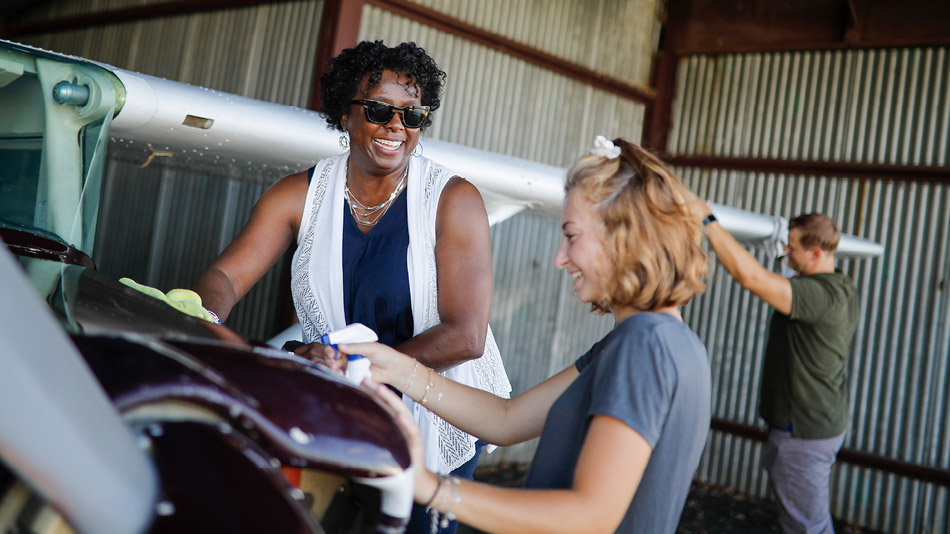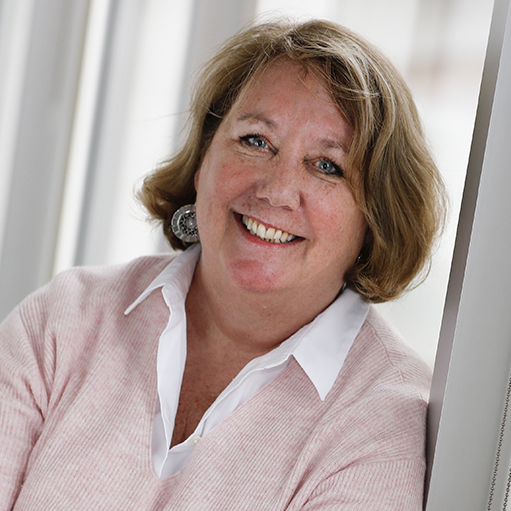You Can Fly: Own your aviation journey
Flying clubs help you fly more

Since its inception, the Flying Clubs program has started new clubs at the average rate of 30 per year; that’s 720 additional club members per year and 45 additional aircraft in flying clubs per year.
Flying Clubs encourage people to start flying, keep flying, and to join and rejoin AOPA, aspects that benefit everyone in the aviation community. Flying Clubs team Steve Bateman and Drew Myers are both members of clubs. Bateman started the Westminster (Maryland) Aerobats Flying Club and Myers is a member of the Free State Flying Club in College Park, Maryland.
“Quietly, but effectively, we have started new clubs, kept existing clubs healthy and engaged, and built a set of unrivaled technical resources, guides, workshops, and personal expertise,” says Bateman.
The FAA defines a flying club as “a nonprofit or not-for-profit entity organized for the express purpose of providing its members with aircraft for their personal use and enjoyment, only.”
AOPA’s You Can Fly helps newly forming clubs by working directly with club founders, coaching and counseling them as they create sustainable clubs. According to Bateman, some clubs form in two to three months, but most take six to 24 months. “We follow up, follow up, follow up, and help founders keep the faith,” he says.
AOPA also works to keep existing clubs healthy. “We field questions and advise on solutions, provide strategic planning, and help with disputes—members, airport, tenants, et cetera,” Bateman adds.
AOPA provides workshops, webinars, and seminars; has a Flying Clubs Facebook page (now 11,000 members); sends a monthly newsletter (Club Connector); has a radio show, website, flying club network page, and Flying Club Finder; and much more.
In 2020, the program celebrated the 150th club new club formed with AOPA help as 26 new clubs were formed; the total now stands at 172.
“People need a welcoming place and to feel part of something,” says Bateman. “Flying clubs provide equal access to opportunities and resources for people who might otherwise be excluded. Especially in the areas of cost of ownership, and camaraderie, as well as a support system.”



